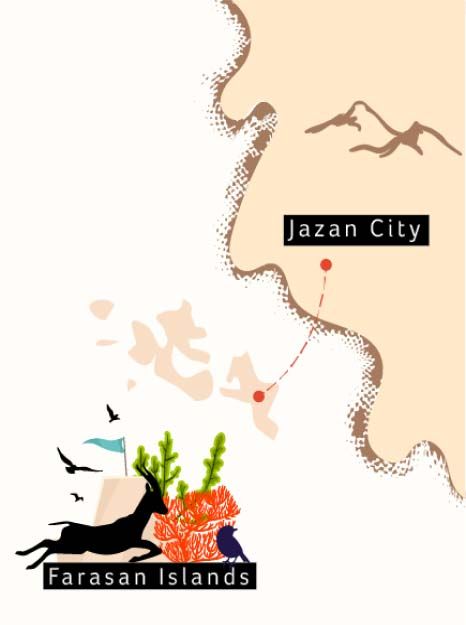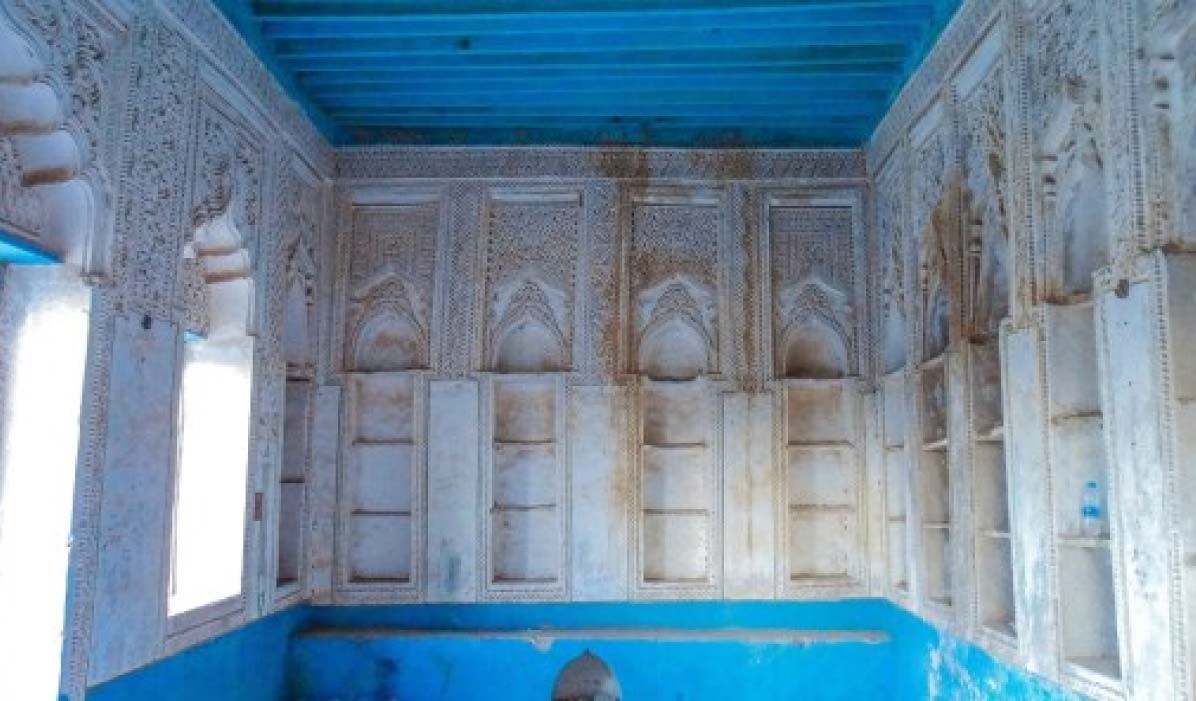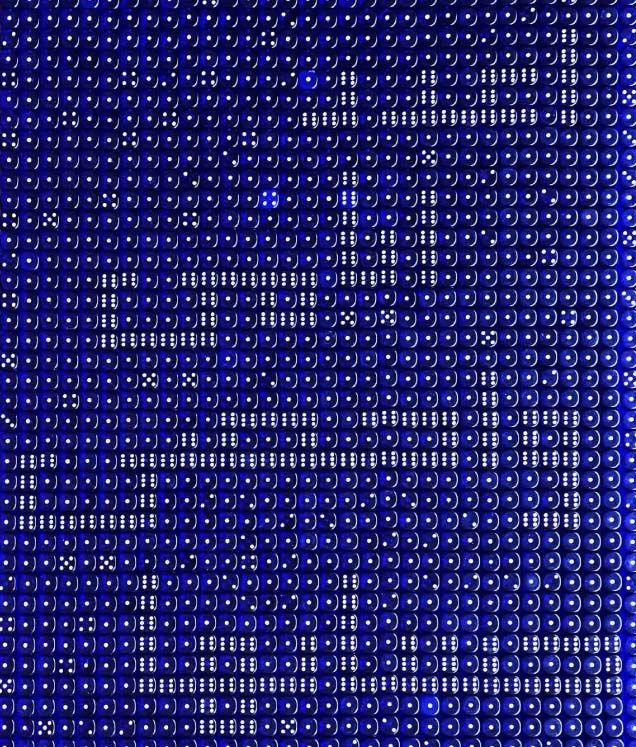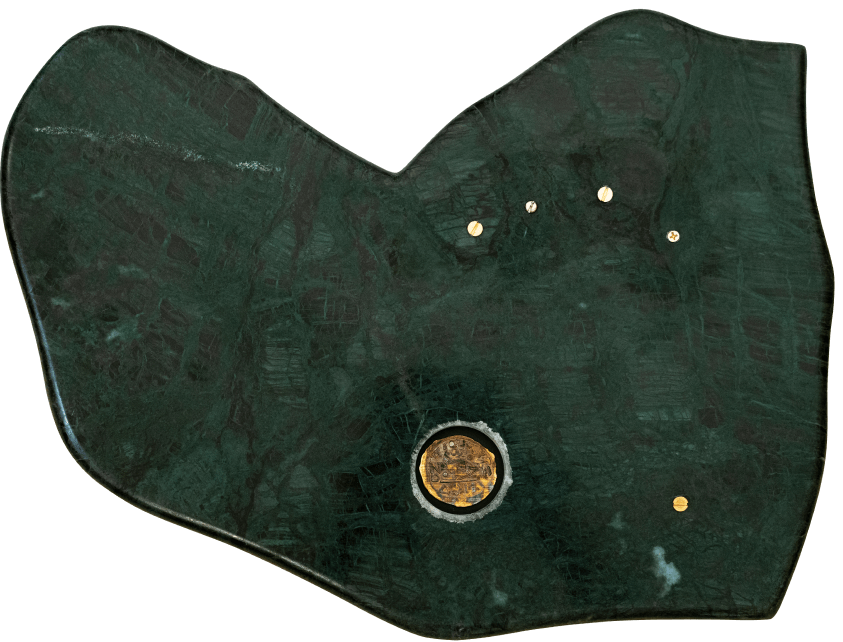The Paradise Islands of Farasan
A true jewel of natural beauty and biodiversity, the Farasan Islands in the Red Sea have more than 230 fish species and 50 species of coral. They are a large archipelago of over 170 islands and islets of uplifted coral reef lying 40-90 kilometers offshore from the city of Jazan on the south-eastern coast of Saudi Arabia. Filed to Unesco in 2019 as a natural treasure, and currently on its tentative list, the islands were originally inhabited by fisherman and pearl divers but are now a protected area that serves as a natural reserve for Idmi gazelles, the greater flamingo, pink-backed pelican, Eurasian spoonbill, osprey, the snake Sarso island racer, sooty falcon, crab-plover, white-eyed gull, lesser crested tern, white-cheeked tern and Red Sea (brown) noddy.

Its sea visitors include dugongs, whales and dolphins, green and hawksbill turtles, and manta rays.
With its historical sites, remote, unspoiled beaches and rich marine fauna, the Farasan Islands are a popular diving destination for tourists from all over the world. For those who prefer to remain on dry land, the islands have beautiful landscapes and historically rich sites to explore.
Based on reports, Sabean people as early as the beginning of the 1st millennium BCE occupied the islands and settled there with evidence of Sabean inscriptions in the Wadi Matar on the eastern side of the main island. In the 2nd century BCE the Romans, who needed to secure the maritime road to India, sent to Farasan a permanent military detachment who left a trace of their presence with Latin inscriptions. Throughout centuries many people left evidence of their presence on Farasan, such as the Aksumites, the Arabs, the Ottomans, and even the German army. During World War II the Germans built a fort on one of the islands of the archipelago.
There is also a special annual ‘Hareed Festival’, Hareed (Arabic for Parrotfish), also called “sea parrot” by locals for its considerable facial similarities to the parrot, that is held each year at the islands around April and May when these fish collect near the shallow parts of the coast. The decades-old festival is marked by several folk songs and a contest among both fishermen and locals to catch the largest number of Parrotfish within a specified time.
There is something for everyone on the Farasan Islands. Whether one wants to view rare plants, colorful wildlife, and historical sites, or simply swim and rest in this beautiful collection of islands.

Al-Rifa'ai Turkish house in Farasan Al-Kebir. Credit Florent Egal. Click here to see more content and photos from Farasan Islands.


